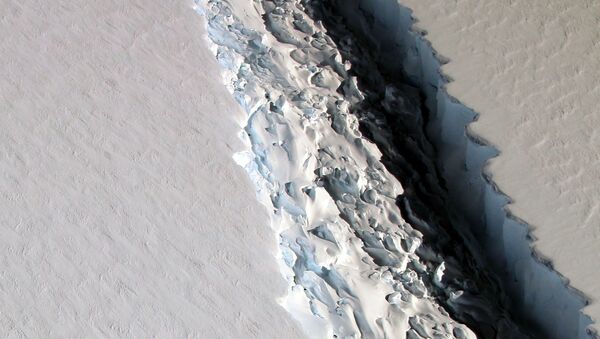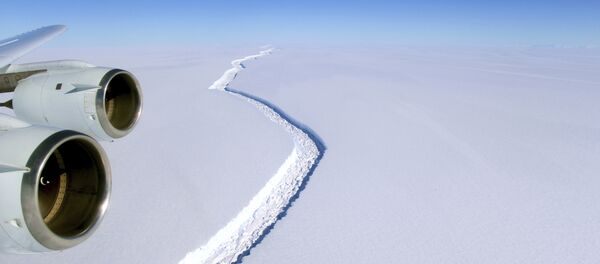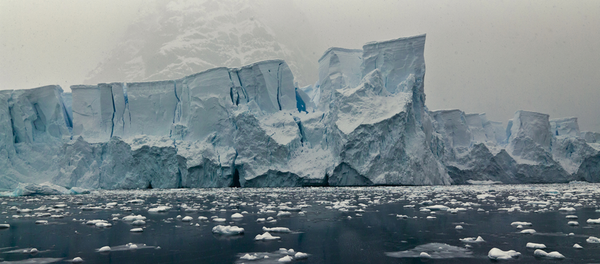Larsen C began to calve in summer 2016, and the crack grew rapidly, from 300 feet wide in November to 1,500 feet in February. The crack first formed in 2010 but seemed on the verge of breaking away entirely once calving began, having grown to 110 miles long.
Since February, though, the growth of the crack has slowed to a crawl. "It is particularly hard to predict when it will occur," said Adrian Luckman of Project MIDAS, a British government group that has been monitoring Larsen C for years, in an email to USA Today. "I am quite surprised as to how long it is holding on!"
There may be more surprises coming, however, as Luckman pointed out that, "this is not a predictable process because we know only a little about the nature of the ice. It could go today, or it may be months."
Ice shelves already float on top of the water, so the breakaway of a chunk of Larsen C won't raise sea levels very much. A relatively small amount of ice trapped in the ice shelf will fall into the sea when the iceberg completes the process.
The Larsen ice shelf has been slowly disintegrating over the last few decades, with Larsen A breaking away in 1995 and Larsen B in 2002. Larsen C itself isn't going to break away, just a piece of it that makes up about a tenth of its overall area. The piece is still quite large, a good bit larger than the US state of Rhode Island.
Gigantic as the crack is, it will not create a new iceberg. The object will float into the sea, break apart into pieces and then melt into the ocean, according to Project MIDAS.
But for a brief moment between calving and dissolving, the Larsen C chunk will be the fifth largest iceberg on record.




